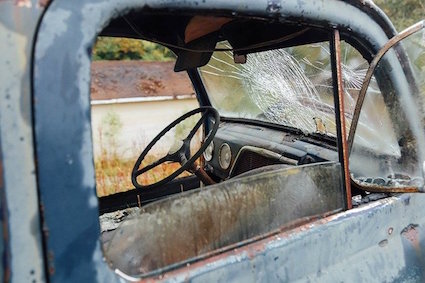Humans make mistakes. It’s what we do. Some people are more prone to mistakes than others, and some mistakes have greater consequences, but occasional missteps are a normal part of life. This is one of the big selling points for automation; unlike humans, machines are precise, reliable, and consistent. However, we can’t forget the times when civilization benefits from human fallibility. Human error has led to some important discoveries and inventions.
Antibiotics
Sir Alexander Fleming famously discovered the world’s first naturally occurring antibiotic drug. In 1928, the Scot was experimenting with influenza virus at St. Mary’s Hospital in London.
As legend has it, Fleming accidentally contaminated a culture plate and went on vacation. He returned two weeks later to find a mold thriving on the culture plate. He also noticed that this mold prevented the growth of staphylococci.
In 1942, penicillin was used to successfully treat the first U.S. patient for streptococcal septicemia. Penicillin is now the most widely used antibiotic in the world.
Laminated glass
The laminated safety glass that’s used in windshields was discovered by accident. Édouard Bénédictus was a French dynamo: a chemist, composer, designer, inventor, painter, and book binder.
In 1903, Bénédictus accidentally knocked over a glass container that contained cellulose nitrate. The glass broke but maintained its shape rather than sending glass shards scattering across the floor.
He went on to design the world’s first shatter-proof windshield with a layer of cellulose nitrate between two sheets of glass. This invention came about by a fortunate discovery and has save millions of lives.
Super glue
In 1942, Harry Wesley Coover Jr. headed a research team that aimed to develop a clear plastic material that the U.S. military could use for gun sights. What they came up with was “cyanoacrylate”, or super glue. Although a poor material for gun sights, super glue has gotten millions of households around the word out of sticky situations.
Medical imaging
Wilhelm Röntgen documented “a new kind of ray” on November 8th, 1895. He referred to this radiation simply as “X”. We use X-rays to this day for various types of medical imaging.
This technology allows doctors and physicians to get a look at the internal structures of the body without the need for an invasive surgery or procedure. Medical imaging greatly improves the level of medical care that patients receive.
Microwave ovens
The microwave oven may not be the most life-changing discovery, but there are plenty of American homes that can’t imagine life without this convenient luxury. Percy Spencer was testing out radar equipment for the Raytheon Company in 1945. Spencer, who clearly had a fondness for sweet treats, found that the chocolate bar in his pocket was melting faster than at the usual rate. He determined that it was the positioning of the radar’s vacuum tube that was to blame.
The first microwave oven was sold in 1946, and the rest is history.
Your Indramat system isn’t human; it shouldn’t make mistakes
Mistakes make music and visual art interesting. They lead to new and exciting variations of familiar things. Maybe a misremembered detail improves a story, or you accidentally add an ingredient that improves a recipe. Errors have led to fortunate discoveries on several occasions throughout history.
Human mistakes can be a good a thing, but you don’t want your industrial motion control system making mistakes. We offer preventive maintenance, inspection, repair, and troubleshooting for Indramat industrial motion control systems. Call 479-422-0390 for emergency support, or contact us online.



